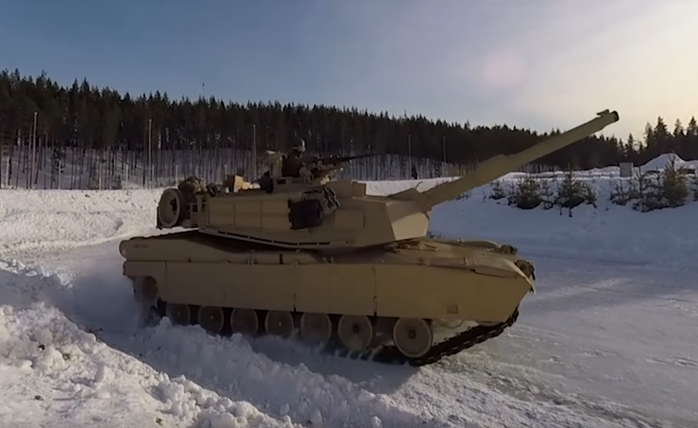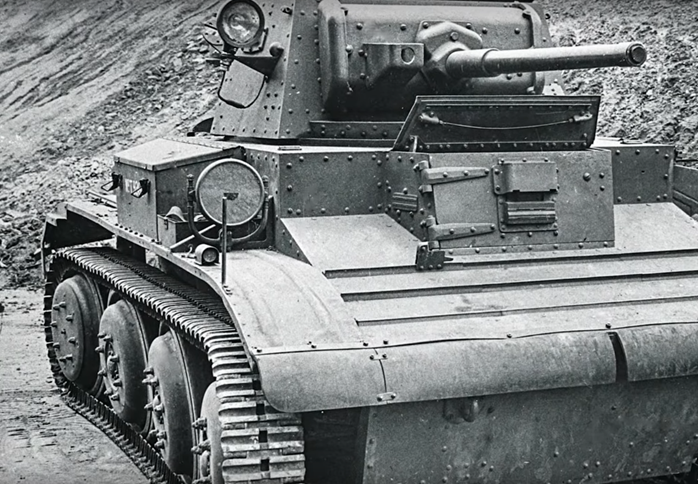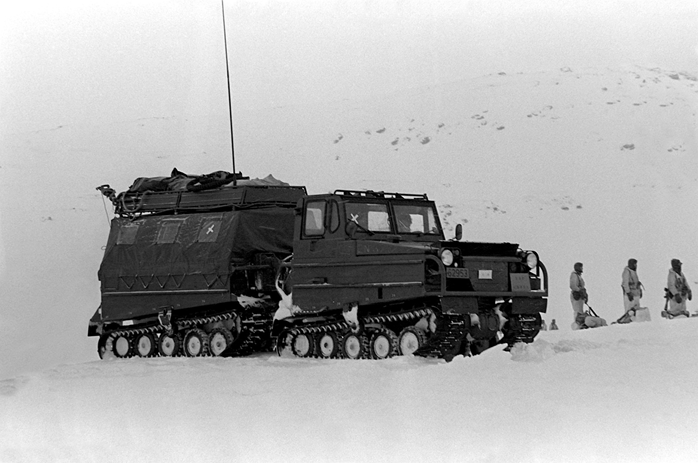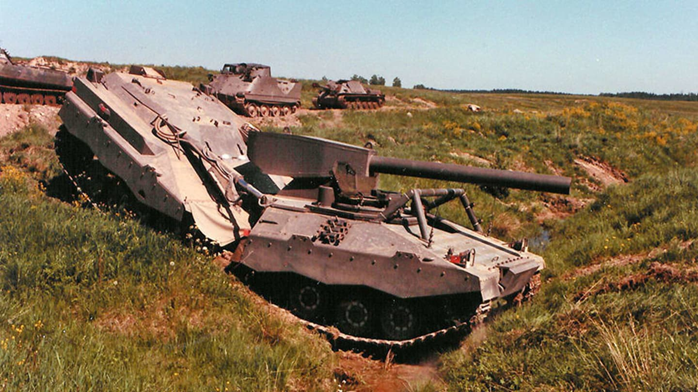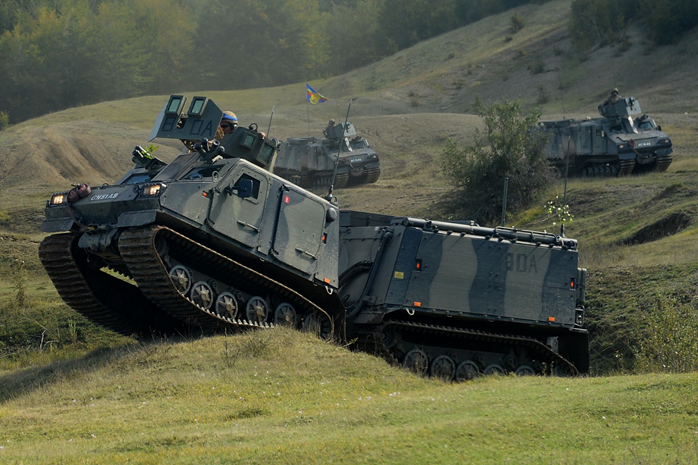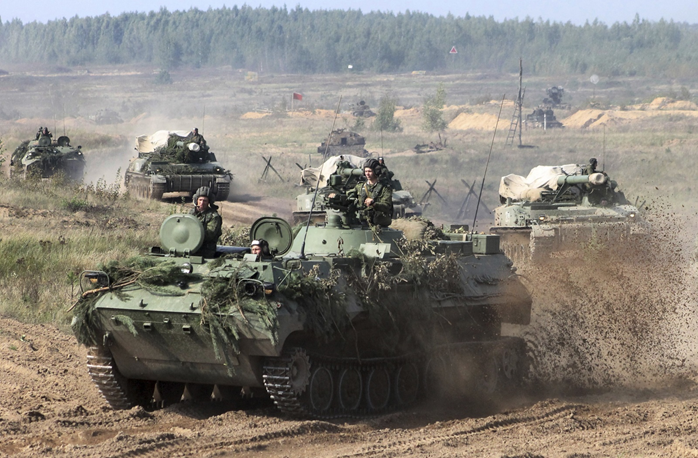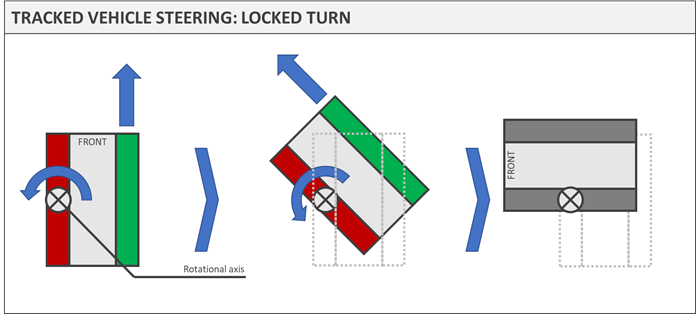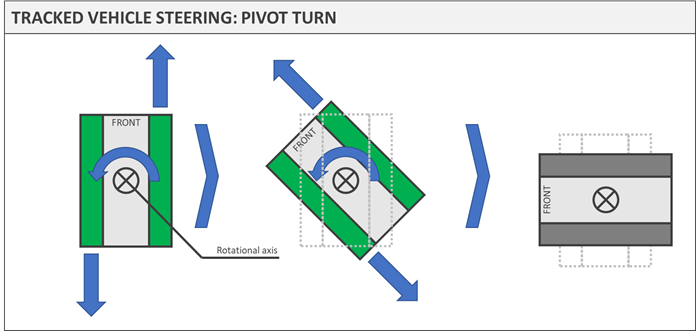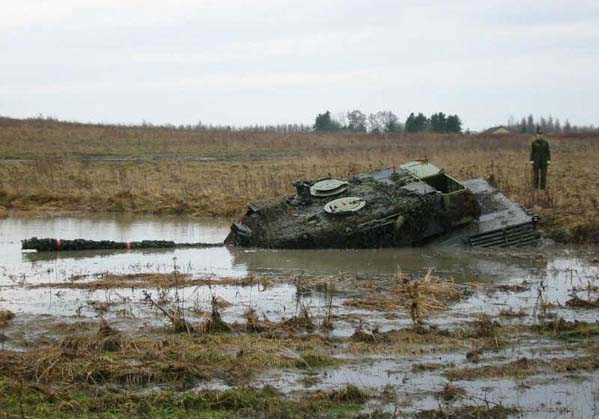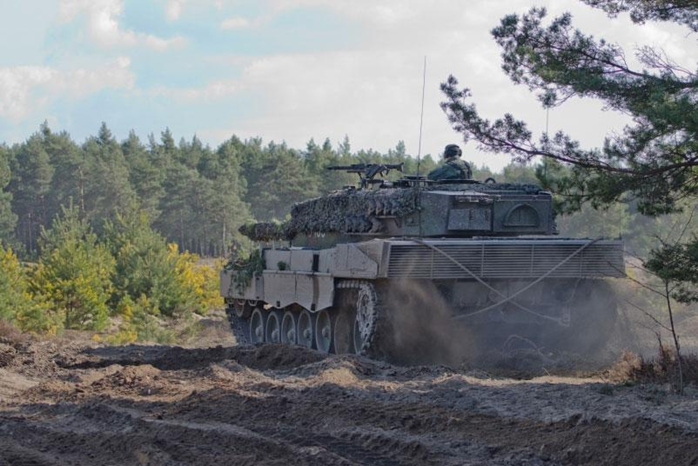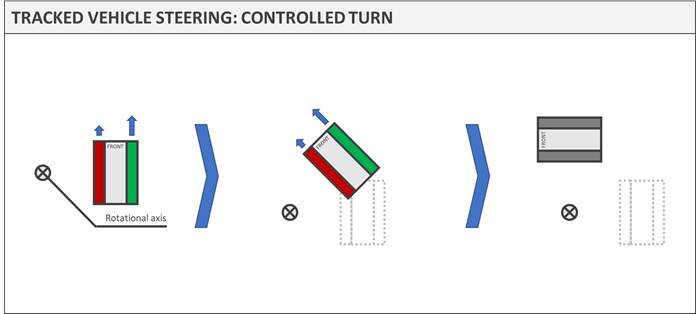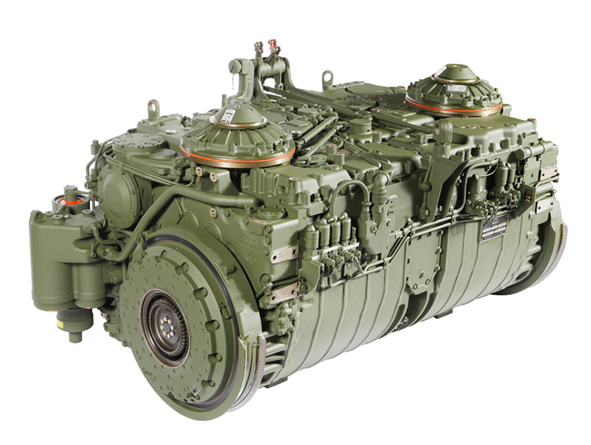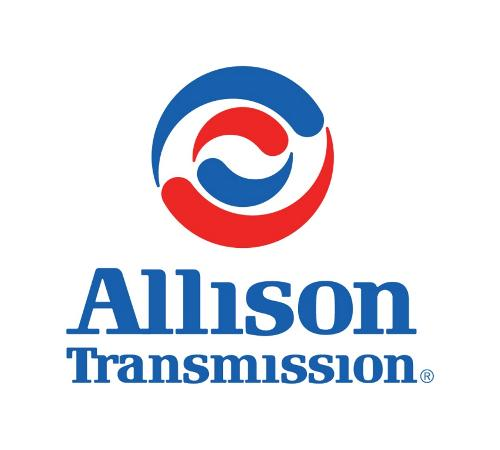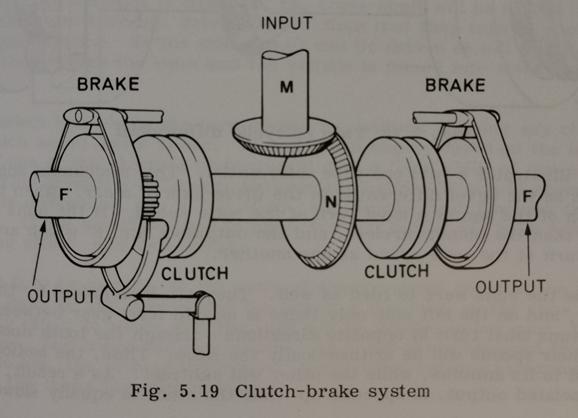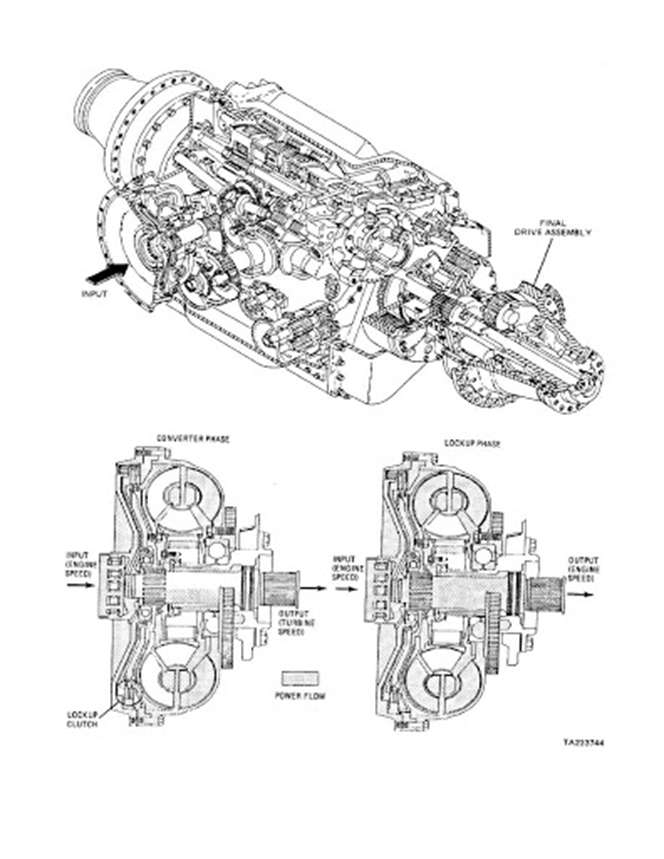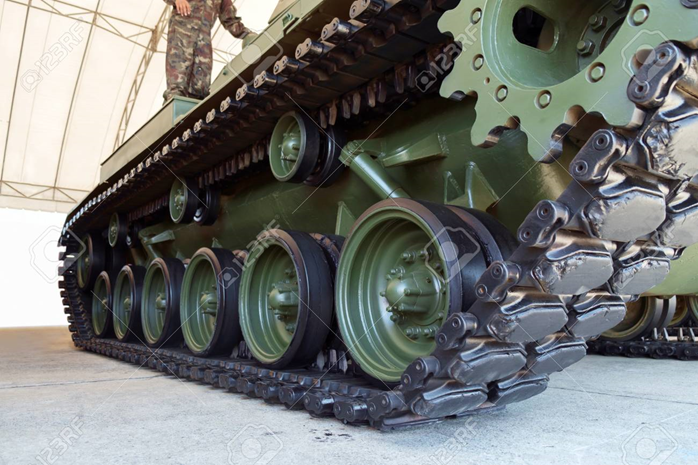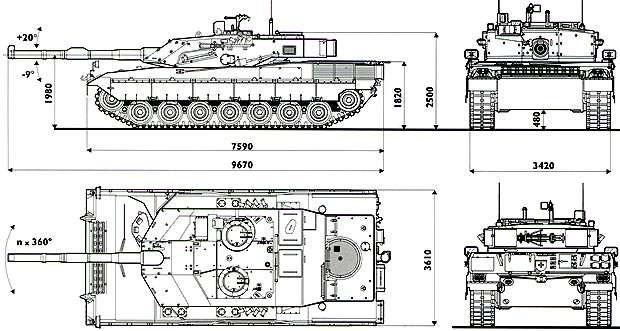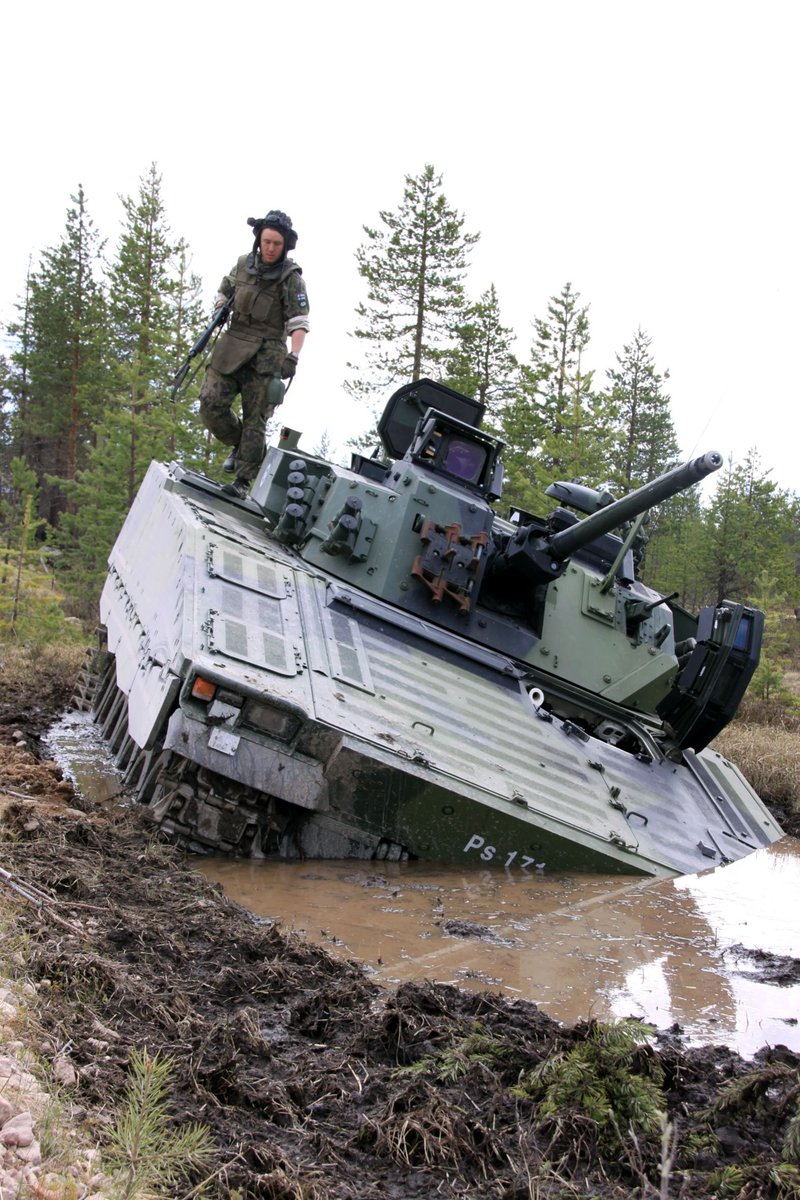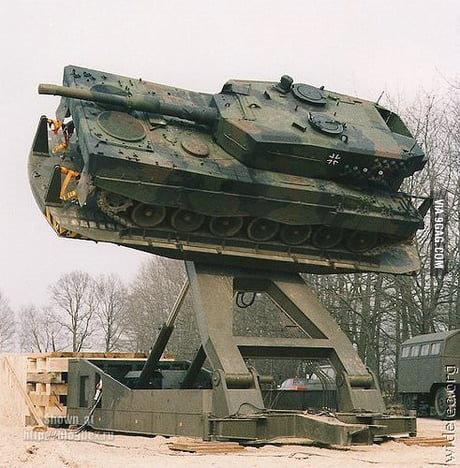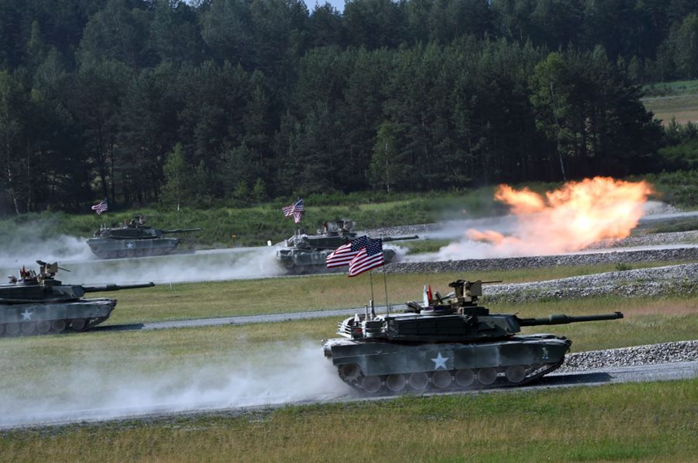Part 9 of my Running Gear series, today looking at tracked steering. The series is looking at all the bits of tracked vehicle mobility and started here ( https://bit.ly/30596QZ )">https://bit.ly/30596QZ&q... if you want to follow the threads. Hope its interesting
Usual disclaimer - this is Twitter, I don’t have much space and so some things are simplified or omitted for simplicity. This is a hugely complex science; I’m just giving a flavour of the considerations inherent in AFV design. With that out the way…
A tracked vehicle can be steered in three broad ways (1) track setting; (2) articulated chassis and (3) skidding tracks. In most AFV (3) is the method used for steering
Track setting, is an interesting one where you articulate some or all of the roadwheel, sprocket and idler mountings to curve the track for steering. Its excessively complicated, still requires a degree of skid, and has only been used once, in the British Tetrarch Mk VII
Articulated chassis refers to 2-module configuration that articulate to steer. One of the first examples was Volvo Bv202, special mention to UDES-XX-20, and now well established with BvS10, Bronco et al. Particularly effective in soft terrain as steering doesnt require much grip
Skid steering then is the normal means of turning a tracked vehicle. Simplified, you brake, stop or reverse one track and propel the other to create a yaw action and turn the vehicle
Skid steering has three distinct turn types within it; (1) Locked Turn; (2) Pivot Turn; and (3) Controlled Turn. Each has its own speed, power and grip requirements, as well as advantages and disadvantages
(1) A Locked Turn is carried out stationary seeing the inner track locked and the outer track driven. The rotation is about the centre point of the locked track. It is mechanically simple, but as the turn is on track axis, not vehicle axis, it can be problematic in tight confines
(2) A Pivot Turn is what most think of when thinking of a stationary tracked skid turn. The tracks turn in opposing directions, creating a rotation about the centre point of the vehicle. Doing so requires specialist transmissions and significant power to overcome grip
To make a pivot turn a high level of longitudinal shear force is required to be imparted by the tracks on the ground, increasingly so with higher vehicle weight and can as a result be challenging to impossible in certain loose or soft terrain types
This is exacerbated by the inherent usage profile of an AFV, which requires sudden and aggressive acceleration and movement, not slower and more considered manoeuvres that would be typical of civilian heavy tracked vehicles
(3) A Controlled Turn is used at speed seeing the inner track slowed via brakes resulting in the vehicle being pulled to that side & turning in that direction. The turn is about a point to the side of the vehicle, location of which varies depending on speed, braking, terrain etc
Skid steering brings inherent drawback of requiring powerful, complicated & expensive transmissions. AFV transmissions are mechanically unique with no civilian equivalent to draw on. Development of a new AFV powertrain can be up to 20% of overall vehicle development effort & cost
It is not a comparatively simple case of militarising a commercial product, it takes a lot of expertise and development effort. This can be seen in cases like the Turkish Altay, where repeated efforts to design a domestic powerpack have repeatedly failed for years now
As a result there are a relatively small number of established expert suppliers in the field, most well-known being Renk and ZF of Germany, Allison of the US and David Brown Santasalo of the UK
The basic mechanism for effecting a skid steering movement is a clutch brake system. Each sprocket has a clutch and brake. Disengaging one clutch creates a controlled turn. Applying brakes on the undriven side creates a tight controlled turn or if stationary, a pivot turn
However its crude & wastes a lot of energy braking inner sprocket. This led to regenerative systems of increasing finesse, & efficiency, but also complexity & cost, leading to contemporary norm of hydrostatic/hydrodynamic superimposed double differential steering systems
There are a few designs features you can play with to influence tracked vehicle steering, mainly around track dimensions and geometry. Changing vehicle track width, as well as outright track width and length impact the turning dynamics
Placing tracks closer together helps increase turning forces, as does decreasing the track length, however closer tracks require wider tracks, and increases the rolling resistance and risk of rollover. Shorter tracks increase the pitching movement and destabilises the ride
With grip a finite concept, tracked vehicles are always at risk of exceeding limits when turning and/or changing velocity, resulting in track slip, resultant sinkage and potential bogging.
On other than flat terrain this is exacerbated by a variable % of the available grip being used to stop the vehicle sliding downhill, and thus being unavailable to also turn the vehicle
A few thoughts then on tracked vehicle steering, the gearboxes and final drives side is a book in itself, this was just meant to relay the top level concepts. #miltwitter #tanktwitter #AFVaDay

 Read on Twitter
Read on Twitter